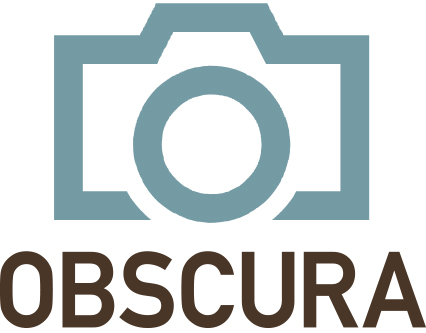THIS MONTH’S SOLAR ECLIPSE - HOW YOU CAN PHOTOGRAPH THIS COSMIC COINCIDENCE
From time to time, we'll write about other fascinating things happening in the world of photography... in this post, we talk about the upcoming solar eclipse.
KEY HIGHLIGHTS:
- What Exactly is Happening?
- Types of Equipment to Use
- Camera Settings
A historic astronomical phenomenon is bearing down on the United States, and towns in its path are hustling to get ready. For a few hours on Aug. 21, 2017, the moon will move in front of the sun and cast its shadow over the United States. It’s the first coast-to-coast solar eclipse since 1918.
By mid-morning Pacific time, the town of Salem, Oregon, will slip into shadow. The moon will slowly and inexorably slide in front of the sun, and our star’s light will slowly grow dimmer. Filtered through foliage, sunlight will appear on the ground as a smattering of crescents.
As more of the sun’s disk disappears, ripples of light and darkness called “shadow bands” will wiggle across the ground, the way sunlight seems to shimmy on the bottom of a swimming pool. They are a harbinger of the coming total eclipse. Birds will hasten back to roosts.
Then, at 10:15 a.m., in one of the most unusual coincidences in all of celestial mechanics, the moon will completely block the sun’s disk. In the final seconds, a dazzling ray of light, known as the diamond ring, will remain: It is sunlight filtering through valleys on the moon. Insects will thrum and chirp as if it’s dusk. The temperature will drop.
After Oregon, the shadow of the moon will race southeast, carving a roughly 70-mile swath through parts of 11 other states — Idaho, Wyoming, Nebraska, Kansas, Missouri, Illinois, Kentucky, Tennessee, Georgia, North Carolina and South Carolina — before lifting in the mid-Atlantic Ocean. Millions of people live on the path of totality, and millions more live a short drive away. So as scientists scramble to make some of the most important measurements of their careers, you can step outside and watch, too.
So what about those of you interested in photographing this amazing phenomenon? It is possible, with the right preparation and the right equipment. Here are links to some very helpful videos from our friends at Nikon that show you how to do it:
- PREPARATION: https://youtu.be/ZF8udieMRWc
- SETTINGS: https://youtu.be/jW3jEZtPW6A
It’s exciting to think about the power and majesty of nature as this event approaches… and if you happen to shoot the eclipse and would like to share your work with our audience, email your image (including attributes and contact info) to:
We’ll be doing a special blog post in September and we will display all of the images that we receive and credit each photographer. And lastly, if you get hungry during the eclipse, click here to check out what Krispy Kreme has to offer!





